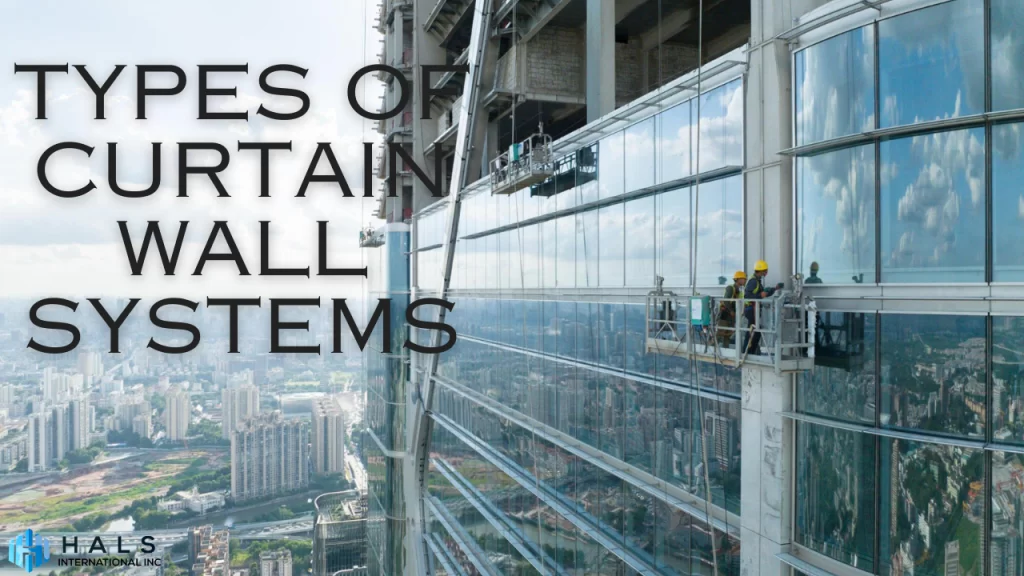
Table of Contents
A curtain wall system is an essential component of any building, providing both form and function to the exterior façade. Comprised of lightweight framing members that support glass, panels, or other cladding materials, these systems not only enhance the visual appeal of a structure but also play a crucial role in regulating interior temperatures and reducing energy consumption. Buildings now look and perform differently thanks to these architectural elements. In addition to aesthetics, curtain wall systems also play a crucial role in structural integrity, energy efficiency, and environmental sustainability. In this article, we will explore the various types of curtain wall systems that grace the facades of modern structures. Get the best Glass Fitting service at HalsInternational.
Understanding Curtain Wall Systems
Before delving into the different types of curtain wall systems, it’s important to understand their basic components. A typical curtain wall system comprises several essential elements, including framing members, glass or other infill panels, anchors, gaskets, and sealants. These components work together to provide structural support, weather resistance, and thermal insulation.
Contact Us For Unique Products and Services
Types Of Curtain Wall Systems
There are several types of curtain wall systems, each offering distinct advantages and design possibilities. Let’s explore some of the most common ones:
Stick-Built Curtain Wall System
The stick-built curtain wall system is one of the traditional methods of constructing curtain walls. It involves assembling the system piece by piece on-site. In order to achieve greater customization, each frame member, glass panel, and other component is installed separately. The design flexibility of this system makes it ideal for low- to medium-rise buildings.
Spandrel Panel Curtain Wall Systems
Spandrel panels are non-load bearing, vertical panels used between floors or roofs to conceal mechanical equipment, columns, and other structural elements. They are typically made of metal, wood, or composite materials and are designed to match adjacent facades in terms of color and texture. Spandrel panels are used in curtain wall systems to cover the areas between the floors of a building. These panels not only serve an aesthetic purpose by creating a smooth exterior but also provide insulation and fire protection. Spandrel panels can be made from various materials, including glass, metal, stone, or terracotta, allowing architects to play with colors and textures.
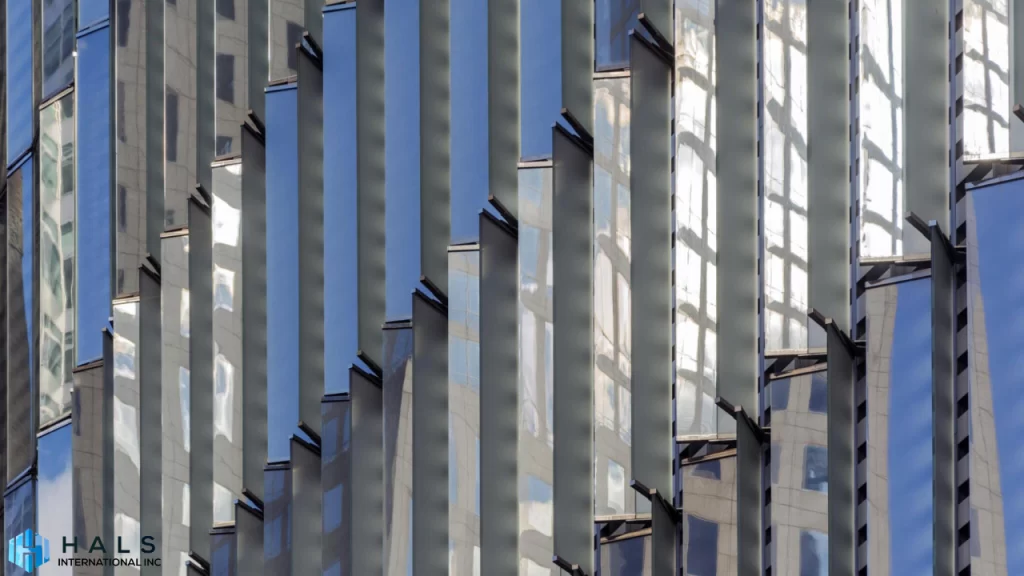
Structural Glazed Curtain Wall Systems
Structural glazed curtain wall systems are known for their minimalistic and sleek appearance. In these systems, the glass is directly structurally bonded to the frame, eliminating the need for visible framing elements. This design creates a seamless, all-glass facade that maximizes natural light and provides unobstructed views. Structural glazed systems are often used in contemporary and high-end architectural projects.
Unitized Curtain Wall System
The unitized curtain wall system is a popular choice for high-rise buildings. It involves pre-fabricating large units or panels in a controlled factory environment. These units are then transported to the construction site and assembled into
complete curtain wall system. The unitized system offers faster installation, improved quality control, and reduced on-site labor.
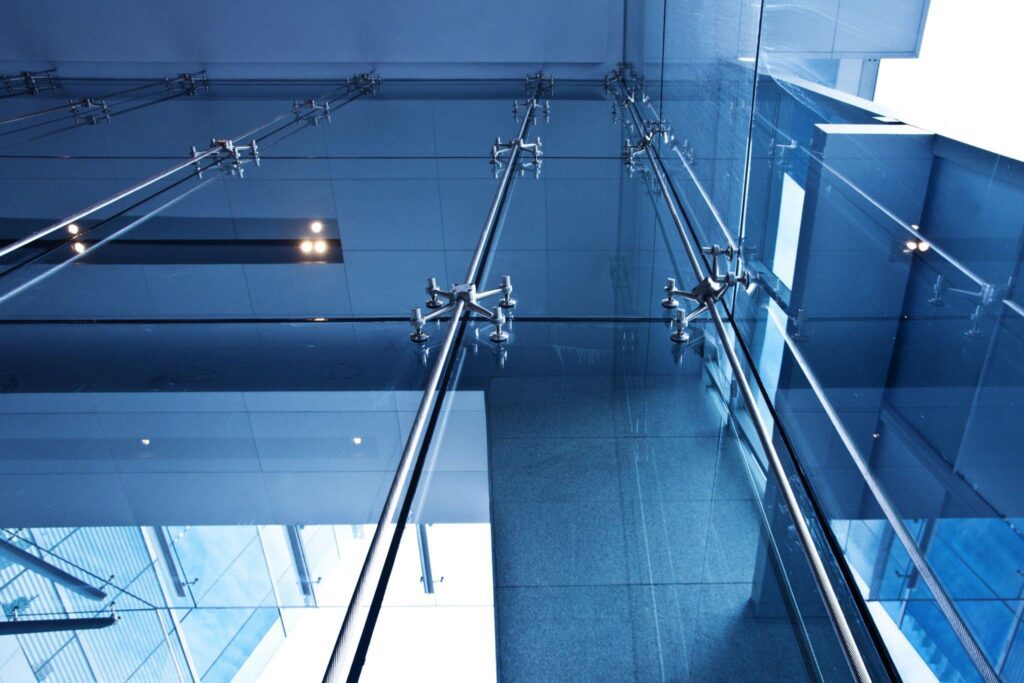
Spider Glass Curtain Wall System
The spider glass curtain wall system is known for its unique and visually striking appearance. It features point-fixed glass panels connected by metal spider fittings, creating a minimalistic and transparent façade. This system is often used in contemporary and modern architectural designs.
Point-Supported Glass Curtain Wall System
The point-supported glass curtain wall system is similar to the spider glass system, but it uses discreet point-supported connections instead of spider fittings. These connections are typically made of stainless steel or aluminum, and they offer a sleek and minimalist aesthetic. This system is often used in large-scale commercial and institutional buildings.
Double-Skin Curtain Wall Systems
Double-Skin Curtain Wall systems offer enhanced thermal performance and energy efficiency. HalsInternational’s Double-Skin system creates a ventilated air cavity between the inner and outer layers, acting as insulation and reducing heat gain. This technology is particularly effective in regions with extreme climates, providing a comfortable interior environment while minimizing energy consumption.
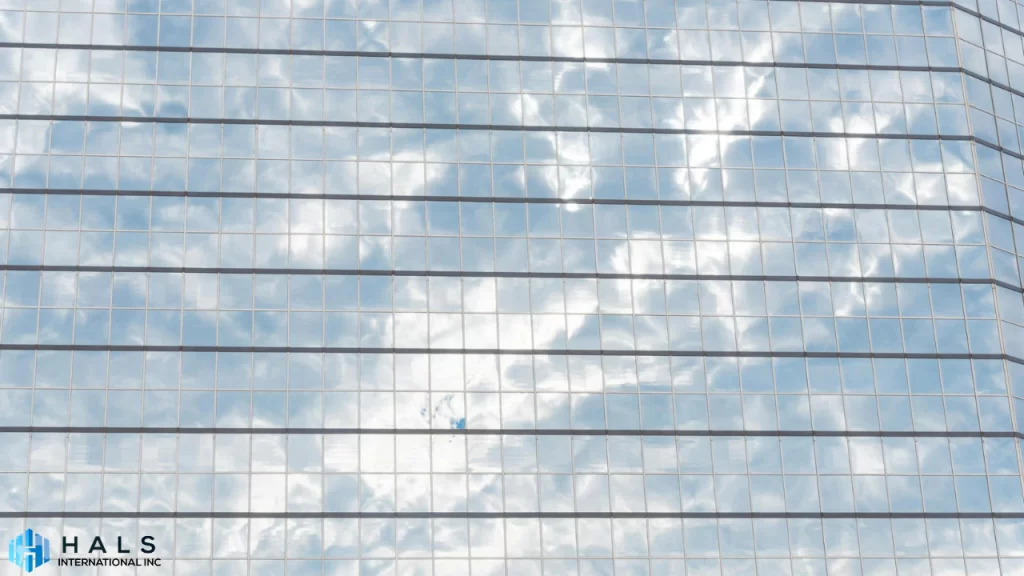
Advantages And Disadvantages
The spider glass curtain wall system offers uninterrupted views, allowing maximum daylight penetration into the building. It provides design flexibility and can accommodate curved or irregular shapes. However, it requires careful engineering and expertise to ensure proper load distribution and weather resistance. Here are some advantages and disadvantages of Curtain Wall Systems.
Advantages of Curtain Wall Systems:
Aesthetic Versatility: Offers diverse design possibilities.
Natural Light: Maximizes interior natural light.
Energy Efficiency: Enhances thermal insulation.
Weather Resistance: Withstands elements.
Design Flexibility: Adapts to unique shapes.
Sound Insulation: Reduces noise pollution.
Maintenance Ease: Designed for accessibility.
Disadvantages of Curtain Wall Systems:
- Cost: Can be expensive.
- Complex Installation: Requires skilled labor.
- Sealant Issues: Vulnerable to degradation.
- Thermal Performance: Efficiency varies.
- Limited Operability: Fixed, no ventilation.
- Maintenance Costs: Regular upkeep needed.
- Structural Considerations: Affects building’s structure.
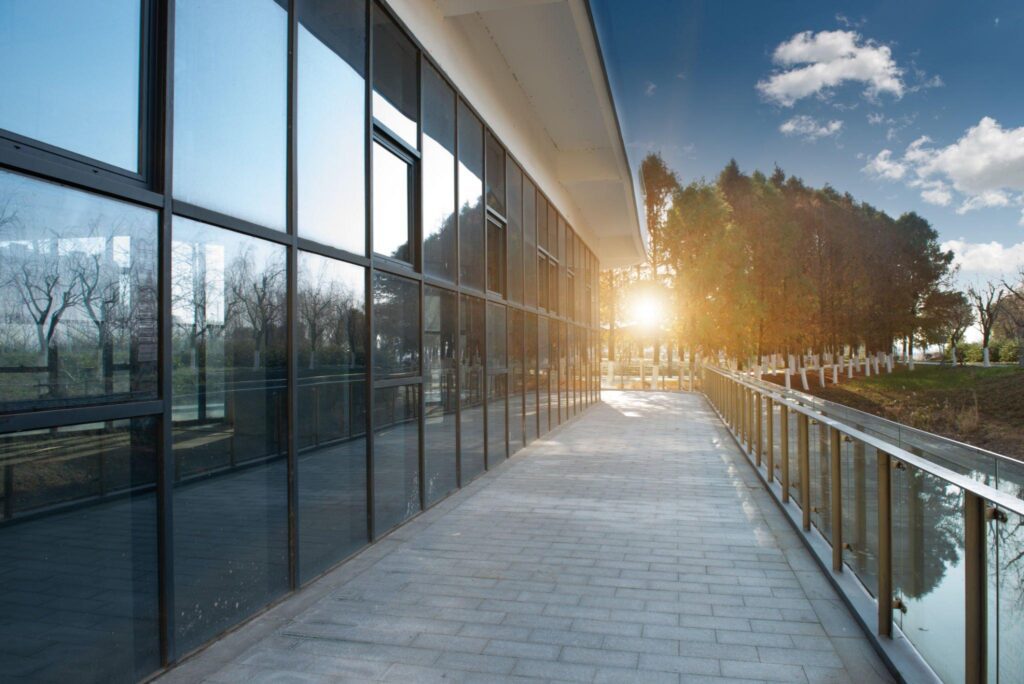
Factors To Consider When Choosing A Curtain Wall System
When selecting a curtain wall system for a building project, several factors should be taken into consideration. These include architectural design requirements, environmental considerations, cost and maintenance, and structural considerations. Architects, engineers, and project stakeholders must collaborate to choose the most suitable system that meets the project’s specific needs.
Conclusion
Curtain wall systems are an integral part of modern architecture, offering both functional and aesthetic benefits. The variety of types available allows designers to create unique and visually stunning façades. Whether it’s a stick-built system for design flexibility or a unitized system for faster installation, each type has its advantages and considerations. By understanding the different curtain wall system options and their characteristics, architects and builders can make informed decisions for their projects.
Among the world’s leading curtain walls and glass fitting companies, HalsInternational stands out as the benchmark for excellence. For more information about this, contact us to get the best Glass Fitting service.
Frequently Asked Questions (FAQs)
A curtain wall system serves as an external envelope for buildings, providing protection against weather elements while enhancing the building’s aesthetics.
Yes, curtain wall systems offer customization options, allowing architects to create unique designs that suit the building’s requirements.
The installation time for a curtain wall system depends on various factors, such as the system type, building size, and complexity. It can range from a few weeks to several months.
Curtain wall systems can be designed to be energy-efficient by incorporating thermal breaks, low-emissivity glass, and proper insulation, helping to reduce energy consumption.
Aluminum is the most commonly used material for curtain wall systems due to its lightweight, durability, and versatility. However, other materials such as steel, glass, and composite panels are also used depending on the project requirements.
